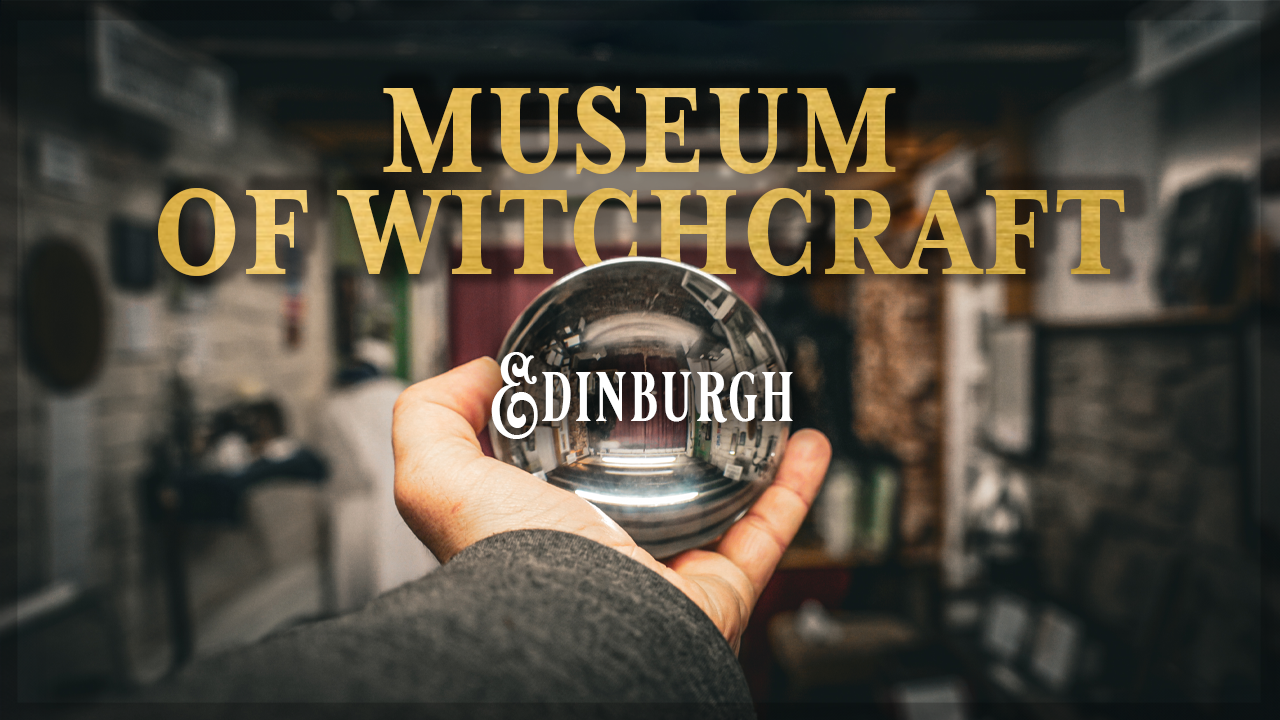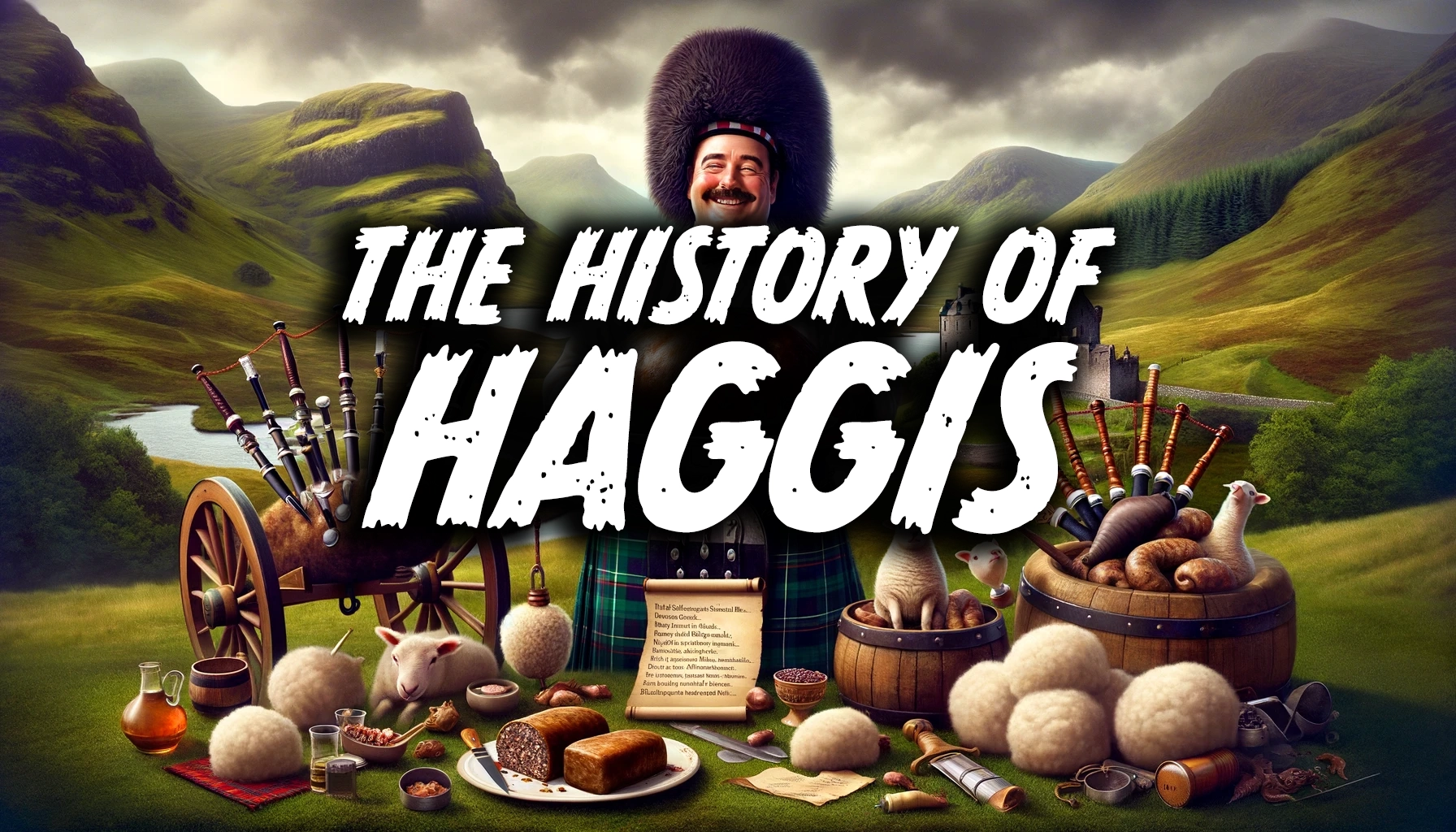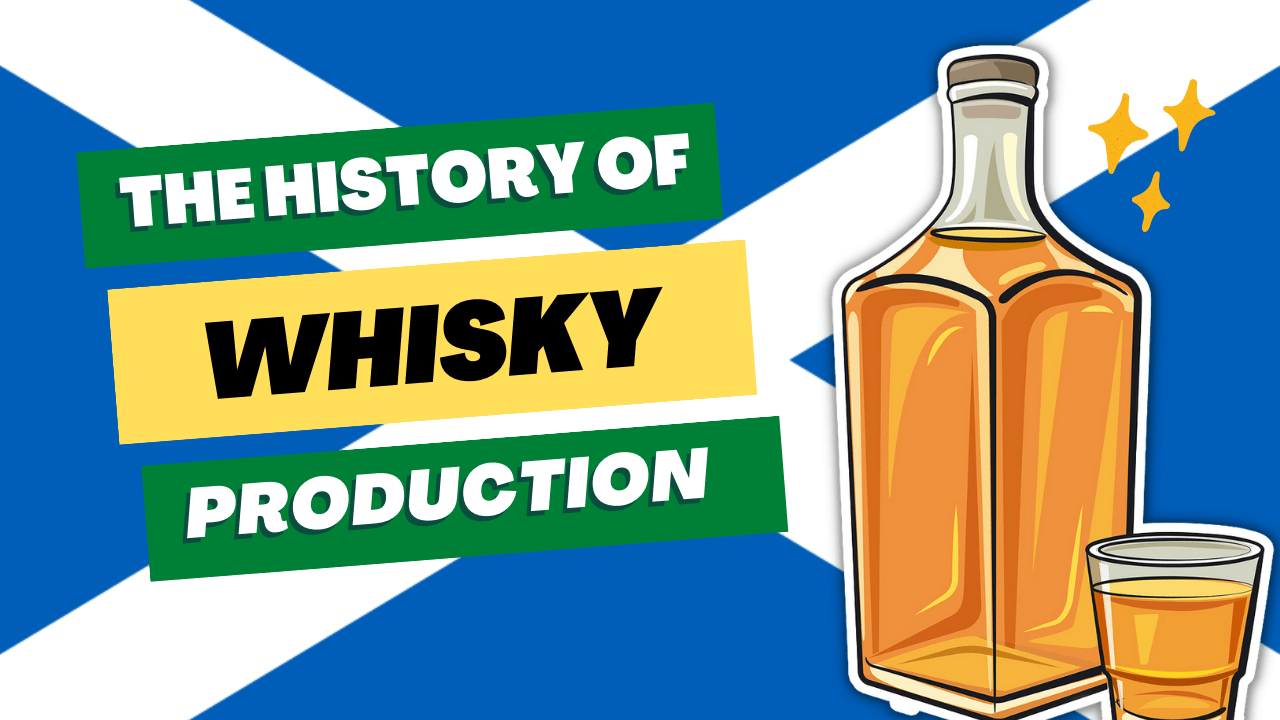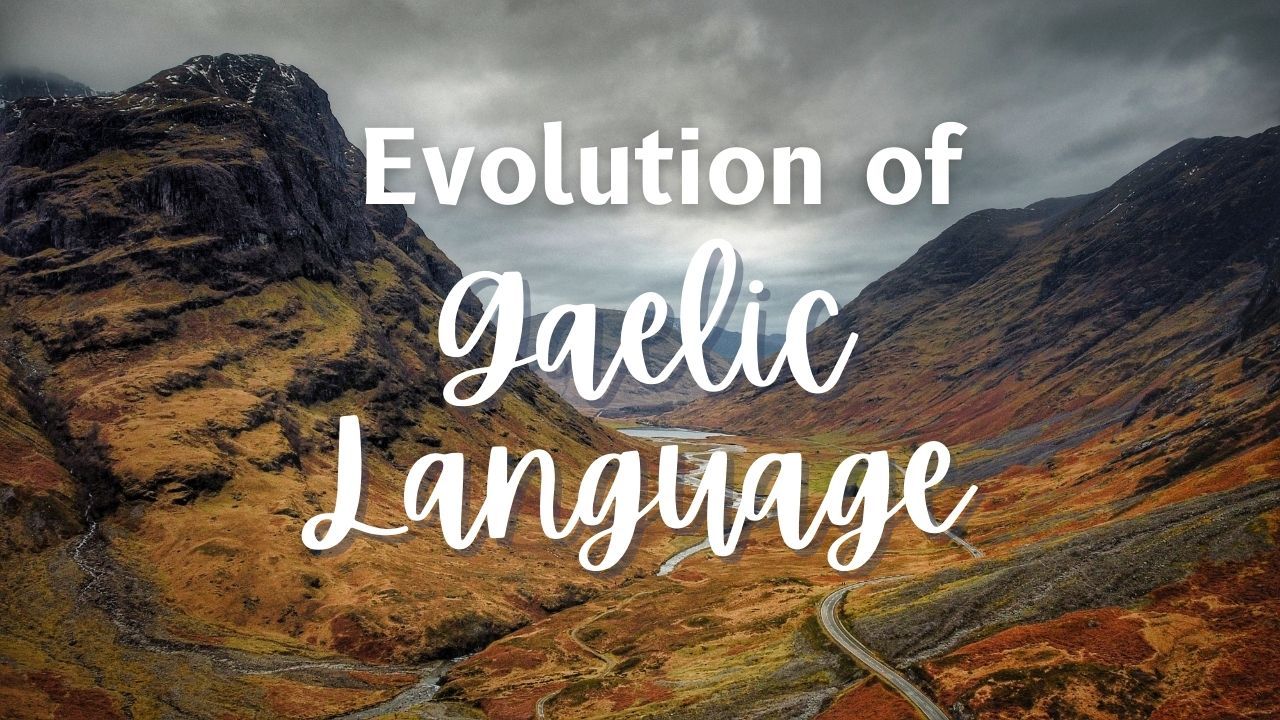Ah, haggis! That enigmatic, often misunderstood culinary marvel of Scotland. To embark on the history of haggis is like exploring the highlands without a map – you never know what delightful mysteries you’ll uncover.
The Mythical Origins
Our tale begins in the misty reaches of ancient Scotland, where clans roamed the wilds and kilts were the height of fashion (still are, arguably). Legend has it that haggis, the great chieftain o’ the pudding-race, as immortalized by Robert Burns, was first concocted by a resourceful Scot with more leftovers than sense. Faced with a surplus of sheep parts and a glaring absence of Tupperware, our culinary pioneer decided, “Why not stuff it all into a sheep’s stomach and see what happens?”
The Haggis Takes Shape
As centuries marched on, haggis evolved. Early haggis was wild and untamed, much like the landscape of Scotland itself. Think Braveheart, but more… edible. The recipe was simple: take whatever sheep bits you have (the heart, liver, lungs – or, as we like to call it, the “sheep trifecta”), mince them up, mix with onions, oatmeal, suet, spices, and the tears of Englishmen, then encase it in a stomach. Voila! Dinner is served.
Haggis Goes to War
 Fast forward to the days of yore when Scottish warriors roamed the battlefield. They needed food that was portable, hearty, and – ideally – not alive. Enter the haggis. Easy to carry, filling, and requiring no cutlery (a plus when your hands are full of claymores and bagpipes), haggis was the original fast food for the tartan-clad warrior on the go.
Fast forward to the days of yore when Scottish warriors roamed the battlefield. They needed food that was portable, hearty, and – ideally – not alive. Enter the haggis. Easy to carry, filling, and requiring no cutlery (a plus when your hands are full of claymores and bagpipes), haggis was the original fast food for the tartan-clad warrior on the go.
The Golden Age of Haggis
The 18th century saw haggis cement its place in Scottish hearts. Robert Burns, the Bard of Ayrshire, penned his famous ode “Address to a Haggis” in 1786, forever elevating the dish to legendary status. This was the era when haggis was not just a meal but a muse, inspiring poetry, songs, and, in some cases, indigestion.
Haggis Embraces Modernity
As time marched inexorably forward, so too did haggis. It embraced the industrial revolution with gusto, finding new ways to be mass-produced, canned, and shipped worldwide. The modern haggis, while still true to its roots, now comes in varieties catering to all – from the traditionalist to the vegetarian, proving that haggis is nothing if not adaptable.
 Haggis Today: A Cultural Icon
Haggis Today: A Cultural Icon
Today, haggis is more than just a dish; it’s a symbol of Scottish culture, enjoyed at Burns Suppers, New Year’s celebrations, and deep-fried at chip shops for the brave of heart (and stomach). It’s a dish that’s inspired everything from poetry to horror (the lesser-known tale of “Franken-haggis” is a story for another day).
Conclusion: The Haggis Legacy
So there you have it, the rollicking tale of haggis, a dish that has journeyed from the rugged highlands of ancient Scotland to the dinner plates of the world. It’s a story of survival, of culinary ingenuity, and, let’s face it, of using every bit of the sheep but the baa. Haggis may not be everyone’s cup of tea (or dram of whisky), but its place in the annals of Scottish history and culture is unassailable. As Burns himself might say, “Long live haggis, the great chieftain o’ the pudding-race!”





















